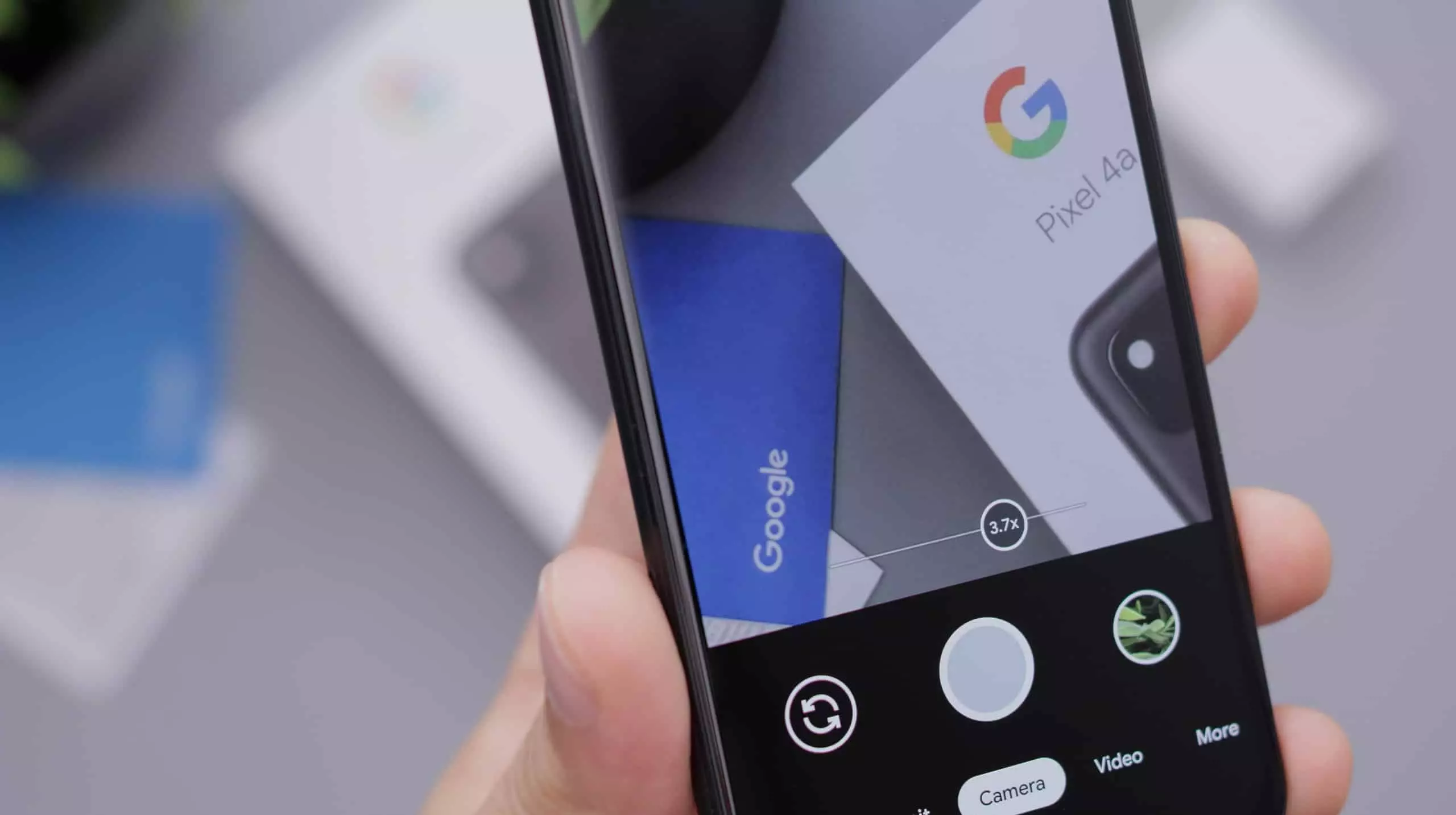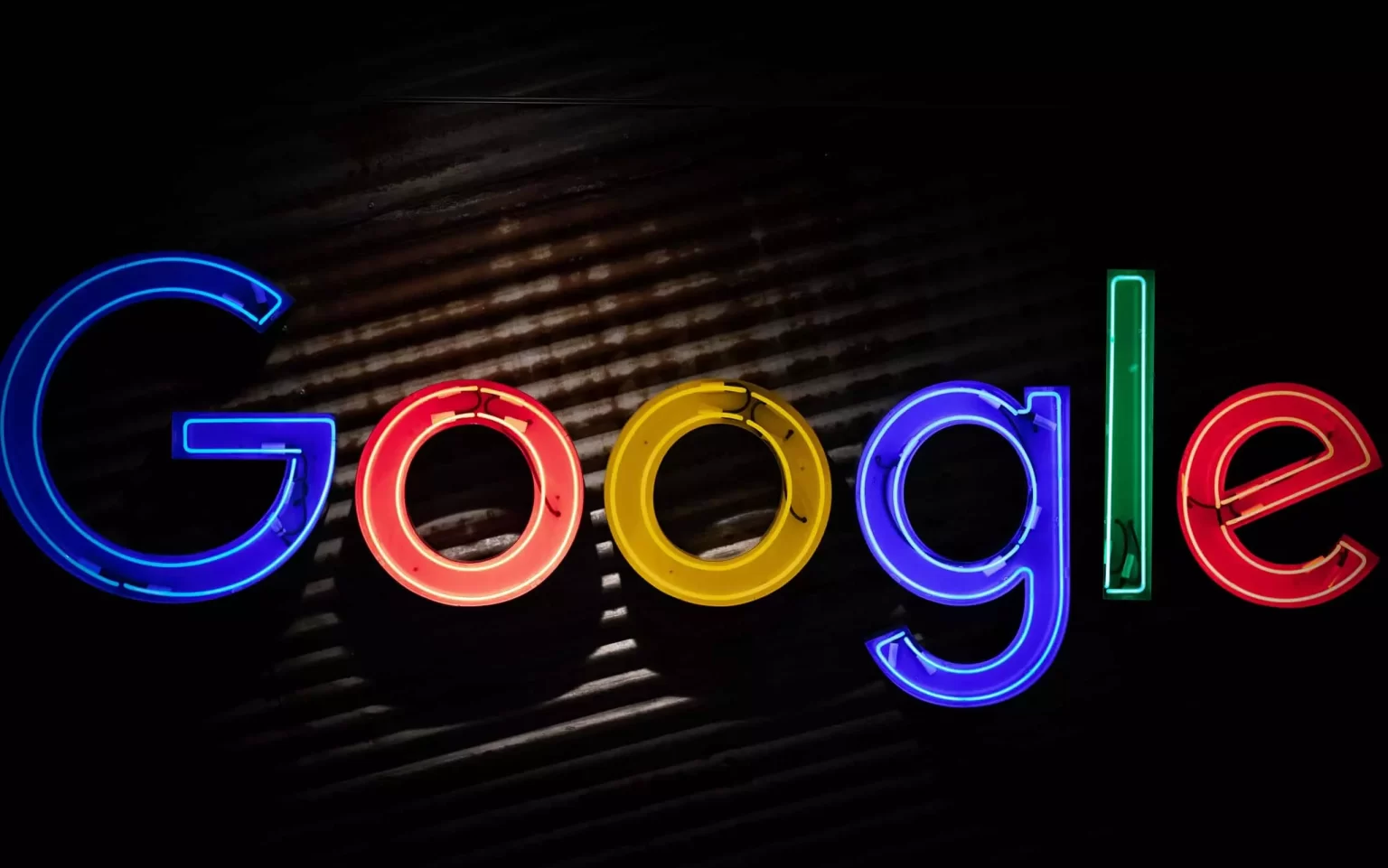Google Glass was a promising and innovative product that aimed to bring augmented reality to our daily lives. It was a wearable technology device developed by Google that offered a unique way of interacting with technology. While it faced both excitement and criticism, it remains a significant product in the history of wearable technology.
Introduction:
The wearable technology market is constantly evolving, and Google Glass was one of the most anticipated products in recent years. It was an ambitious attempt to merge the digital and physical worlds, providing an intuitive way of accessing information and carrying out tasks. However, despite the hype, Google Glass failed to live up to its potential due to various reasons, including high price and privacy concerns.

Exciting Features:
Despite its limited success, Google Glass had some exciting features that set it apart from other wearable technology products. One of the most notable features was the ability to display augmented reality content in real time. This feature enabled users to view relevant information about their surroundings, such as restaurant reviews or directions, superimposed in the real world.
Another impressive feature of Google Glass was its voice command system. This allowed users to control the device entirely through voice commands, making it hands-free and easy to use. The device also had a built-in camera, which could take photos and record videos with a simple voice command.
Additionally, Google Glass could display notifications such as incoming calls, messages, and emails, allowing users to stay connected without the need for constant phone-checking. The device also had a GPS module, which allowed users to receive turn-by-turn directions while walking or driving.
Potential Uses Of Google Glass:
Google Glass had the potential to be used in a variety of industries and applications. For instance, in the healthcare industry, doctors and nurses could use Glass to access patient information, record medical procedures, and communicate with colleagues. In education, teachers and students could use it to enhance the learning experience, providing augmented reality content and real-time translation of foreign languages.
Workers in the manufacturing industry could use Google Glass to access assembly instructions, check inventory levels, and receive alerts about potential hazards. In the tourism industry, tourists could use it to access information about tourist attractions, navigate unfamiliar cities, and communicate with locals.
Journalists could use Google Glass to record interviews, take photos, and live-stream events.
Conclusion:
Google was an innovative product that aimed to merge the digital and physical worlds, and while it may have failed to gain widespread adoption, it still served as a significant milestone in the history of wearable technology. The device showcased the potential for wearable technology to enhance our daily lives and paved the way for future innovations in the field. The ideas and concepts behind Glass continue to inspire further development in wearable technology despite the discontinuation of the project.




